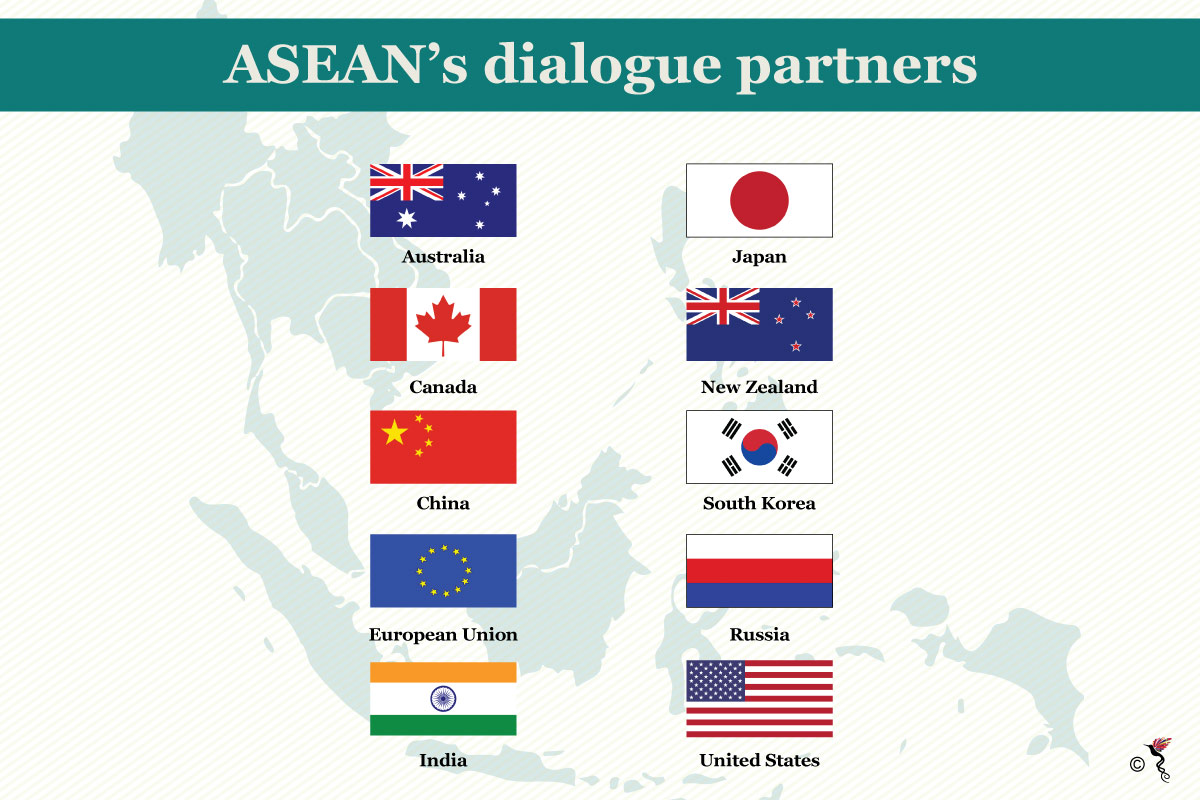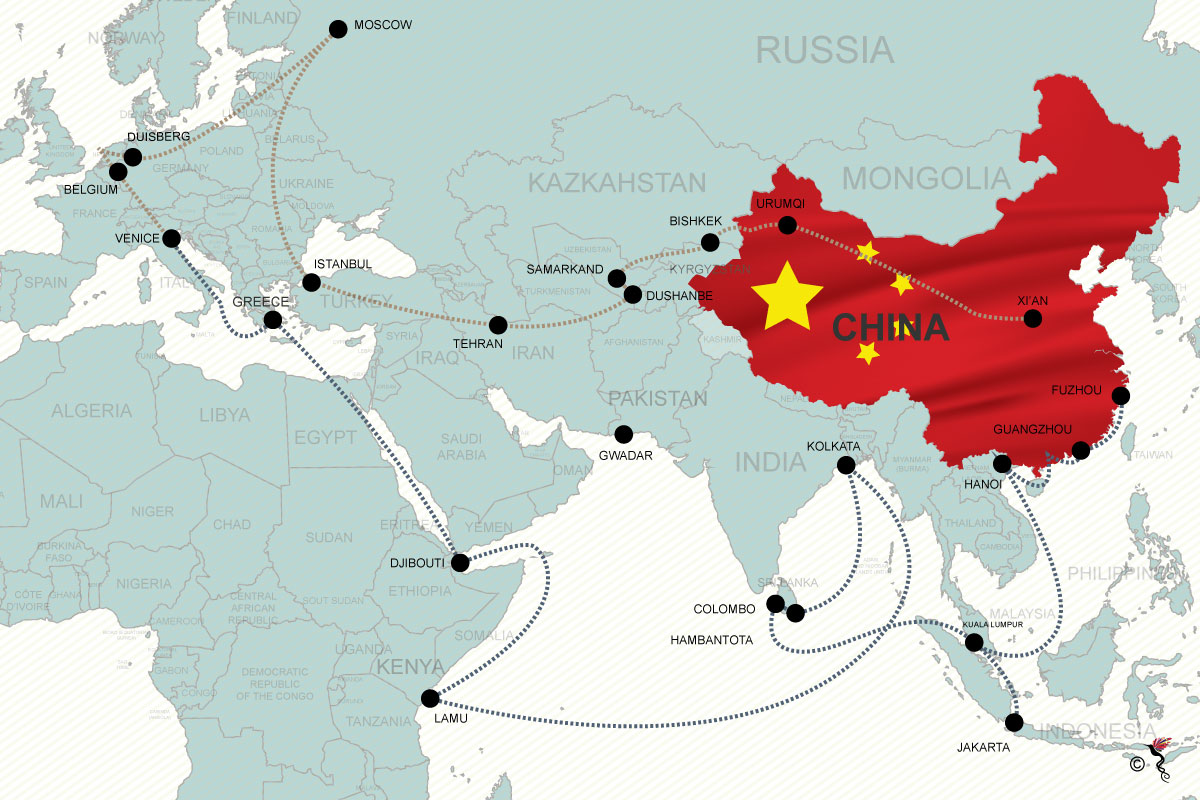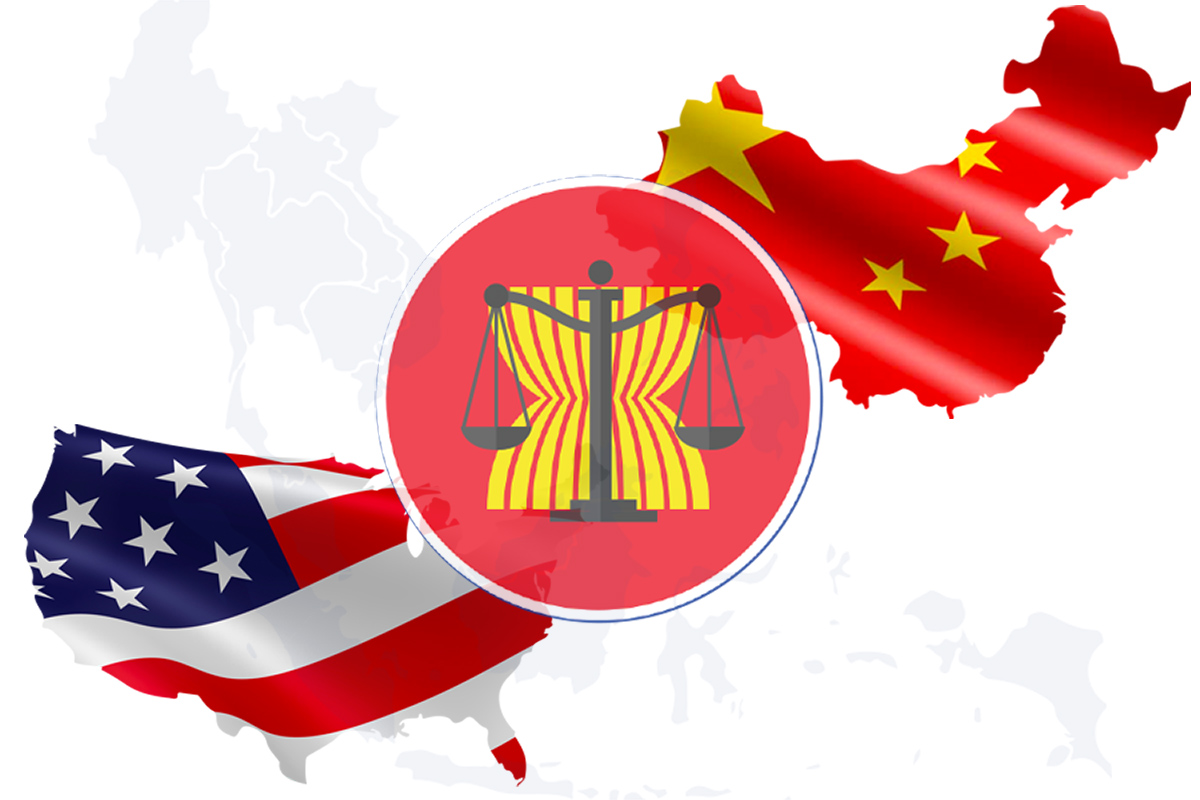“ASEAN centrality is not a magic incantation whose mere invocation makes all our dreams come true. Nor is it an objective reality that exists irrespective of perceptions – ASEAN centrality is more akin to the sound of Berkeley’s falling tree than Johnson’s immovable rock.”
Ambassador-at-Large at the Singaporean Ministry of Foreign Affairs, Bilahari Kausikan is no stranger to eloquence when delivering his thoughts to an eager audience. And he did not fail to deliver when he was asked to share his opinions on ASEAN centrality at the ASEAN Roundtable 2017 organised by Singaporean think tank, ISEAS – Yusof Ishak Institute.
“It is a political construct. If you do not recognise it, it does not exist,” Kausikan summed up his thoughts on the matter.
For there to be such a recognition, ASEAN centrality must serve a higher purpose and that purpose is the national interests of ASEAN member states and the other great powers which have a stake in the region.
Amidst the diversity of the organisation’s members and subsequent national interests, if there was one thing all states could agree on, it is on the preservation of state autonomy – the bedrock of every nationalist. Thanks to the respect towards state autonomy, ASEAN member states could hence hone nationalism to achieve regional ambitions.
Kausikan quoted former Singaporean foreign minister, Sinnathamby Rajaratnam, who once said, regionalism should be treated as “a means of protecting and consolidating national interests.”
Addressing the influence of other great powers in the region, Kausikan mentioned that most powerful states admit to ASEAN’s centrality because they are able to use ASEAN as an instrument to serve their own interests. Attempts have been made, however, of states trying to “capture” ASEAN for their own but since 2012, such attempts have hampered.
“Throughout its history, ASEAN has frustrated all major powers and continually slipped from their grasp,” Kausikan put it succinctly.
To date, the regional grouping has 10 dialogue partners of diverse economic and political strengths which it admits and engages with, primarily in multilateral forums like the ARF (ASEAN Regional Forum) and the EAS (East Asia Summit).

ASEAN’s 10 dialogue partners.
When asked by an audience member if Cambodia’s relative closeness to China affected ASEAN centrality, Kausikan reiterated that the concept means many things and whether or not ASEAN is central often dependent on the issue.
Nevertheless, he did acknowledge in his presentation that Cambodia’s conduct in 2012 of blocking the joint communique from being issued due to mention of Chinese belligerence in the South China Sea, was “the most egregious example of the disregard of the regional interest.”
The question of ASEAN’s centrality is one which is of major regional concern now, given the shifting geopolitical tectonics taking place between the US (United States) and China. Trump’s presidency has thrown much doubt to whether the US would still be invested in the region as much as his predecessor was. To date however, besides the rescindment of the US from the TPP (Trans-Pacific Partnership), Trump has been extremely mindful of the importance of the Southeast Asian region towards the bigger picture of US foreign policy conduct.
Nevertheless, the gaping hole left by the pull-out from the TPP has paved the way for China to march on with its ambitious BRI (Belt Road Initiative).

China's vision of a land and sea-based trading network under the BRI (Belt and Road Initiative).
Given that China has big dreams with regards to its position within the international order, ASEAN’s centrality will no doubt come into question as Beijing has already begun work on its grandiose vision.
The most monumental challenge for the regional grouping hence is staying strong on the inside as Kausikan puts it, “the greatest challenges are internal not external.”
International politics and diplomacy is a delicate game of chess where the pieces are your interests that are being pitted against the interests of your opponents. Often times, states tone down the risk of competition by aligning mutual interests. But in changing times, ASEAN must be wary of changes on the domestic front which can alter pre-existing mutual interests of member states. When those interests misalign, it can have severe repercussions to the behaviour of the association as a regional grouping.
But change – as cliché as it may sound – is inevitable. And where member states must sacrifice a sliver of their national interests for the greater good of the region, it undoubtedly must do so.
“Each of the members are going though change. We must change too. If we stop, we are done for,” a spirited Kausikan told the members of the floor.
Falling back onto the notion that ASEAN centrality is a rather fluid paradigm, it now means that the leaders of ASEAN have more work cut out for them as they politically manoeuvre their way through the tricky waters of regional diplomacy. Now, more than ever, the game of geopolitics have never been more interesting.
